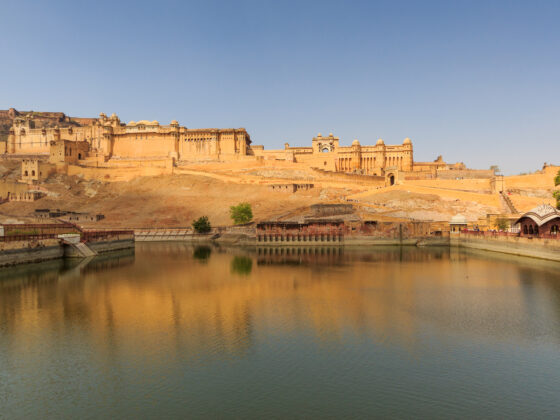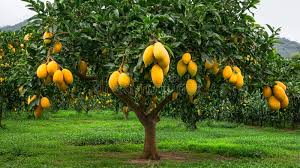Rajasthan has a rich artistic heritage, and one of its most exquisite traditions is miniature painting. Developed in the royal courts of Rajput rulers, this intricate art form reflects the grandeur, culture, and mythology of Rajasthan. These paintings, known for their delicate brushwork, vibrant colors, and detailed storytelling, continue to be a symbol of Rajasthan’s royal legacy. Rajasthani miniature paintings showcase the rich artistic heritage of Rajasthan’s royal courts, featuring intricate details, vibrant colors, and themes inspired by mythology and court life.

History and Evolution of Miniature Paintings in Rajasthan
The origins of Rajasthani miniature paintings date back to the 16th century, flourishing under the patronage of Rajput kings. Influenced by Mughal, Persian, and local folk traditions, this art form evolved in the princely states of Mewar, Marwar, Bundi, Kota, and Kishangarh. Each region developed a distinct style, showcasing themes of court life, religious epics, nature, and love stories.
Themes and Symbolism in Rajasthani Miniature Art
Rajasthani miniature paintings are rich in symbolism and often depict:
- Royal Processions & Court Scenes – Showcasing the grandeur of Rajput rulers.
- Mythological Stories – Inspired by Ramayana, Mahabharata, and Krishna Leelas.
- Hunting and Battle Scenes – Highlighting the valor of Rajput kings.
- Romantic Themes – Especially prominent in Kishangarh-style paintings featuring Radha-Krishna.
The artists used natural pigments extracted from minerals, gold, silver, and semi-precious stones, ensuring the paintings’ vibrancy and longevity.
Famous Schools of Rajasthani Miniature Paintings
- Mewar Style – Characterized by bold colors and detailed narrative scenes.
- Kishangarh Style – Known for graceful figures, elongated features, and devotional themes.
- Bundi & Kota Style – Famous for their depiction of nature, gardens, and hunting expeditions.
- Marwar Style – Retains a strong folk influence with bright colors and minimal Mughal impact.
Techniques and Materials Used
Rajasthani miniature paintings are created with fine squirrel-hair brushes, allowing for intricate detailing. The colors are sourced from natural ingredients, such as:
- Lapis lazuli (blue)
- Gold dust (golden tones)
- Saffron (yellow)
- Indigo and charcoal (black shades)
Artists painted on handmade paper or silk, often enhancing the artwork with gold leaf for a luxurious effect.
Decline and Revival of Rajasthani Miniature Paintings
With the fall of Rajput kingdoms and the arrival of British rule, the patronage for miniature art declined. However, artisans and heritage organizations have worked towards preserving this craft. Today, Rajasthan’s miniature paintings are highly valued in art galleries, museums, and private collections worldwide.
Conclusion
The art of miniature painting in Rajasthan’s royal courts is a testament to the state’s deep artistic traditions. These paintings not only capture the elegance of Rajput rulers but also keep Rajasthan’s history alive. Whether displayed in palaces or sold as souvenirs, Rajasthani miniature paintings continue to enchant art lovers globally.



